Is it just me, or can you tell that a home is a funeral home before you even see the sign? There is just a certain look about most funeral homes that gives their true purpose away. Not so with the Ahern Funeral Home in Hartford, CT. I noticed the pristine appearance and stunning architecture of the home before realizing the business housed inside.
According to their website, the Ahern Funeral Home was founded in 1886 by J.J. Ahern and Francis Ahern in Hartford. Originally on the corner of Main and Pearl, the business moved to 100 Pearl Street and was located there until 1906 when they constructed the first building specifically used for funeral services in Hartford at 101 Chapel Street.

In 1934, Ahern Funeral Home moved to its current location at 180 Farmington Avenue. It remains a family business and has served the greater Hartford area for three generations. The building is a mixture of Greek Revival and Italianate architectural elements.
The Ahern family takes great pride in their building, originally constructed in 1855 and used as a private residence, and as a result they were awarded a Preservation Award in 2014 for “Best Stewardship” by the Hartford Preservation Alliance.
I have often wondered why funeral homes are IN actual homes. Why not other structures constructed for the specific purpose of offering funeral services? My friend Google quickly brought me to TheFuneralSource.org which professes to be “the” source for funeral information.
According to “the” source, funerals in the U.S. were typically at the home of the individual that died. Visitation was in the front parlor followed by a procession to the church and cemetery. Most families cared for their own dead, and many families had their own family graveyard.
Caring for the dead changed dramatically in the Civil War when families wanted their soldiers, who died on the battlefield, to be sent home for burial. Thus began the practice of embalming. Undertakers came along next, assuming the care of the dead from the families.
Undertaking became a profession in the early 1900’s when they became known as Morticians or Funeral Directors. Regular use of embalming was encouraged, burials began to occur in local cemeteries and funerals began to move out of the homeowner’s home to the “funeral home”. Many funeral directors and their families lived in the homes and still do today in some cases.
In case you were wondering, you can also buy a funeral home for sale or take a trip to Texas to see the National Museum of Funeral History opened in 1992. I don’t know about you, but I’m dying to get there!
This post is part of a weekly door round-up hosted by Norm 2.0. Check out the other entrants or perhaps join yourself! Enjoy this post? You might also like Westmoor Park or The Thomas Hale House.
Don’t miss a post – subscribe via e-mail up above!

My name is Deb Cohen, and I am a lifelong resident of Connecticut, a lover of all things historic and New England, and a realtor who helps buyers and sellers achieve their real estate goals and dreams. When I’m not working, I enjoy life with my husband, our two adult children, and our two rescue pups. Renovating and decorating our historic home, dating to 1800, is another favorite pastime.



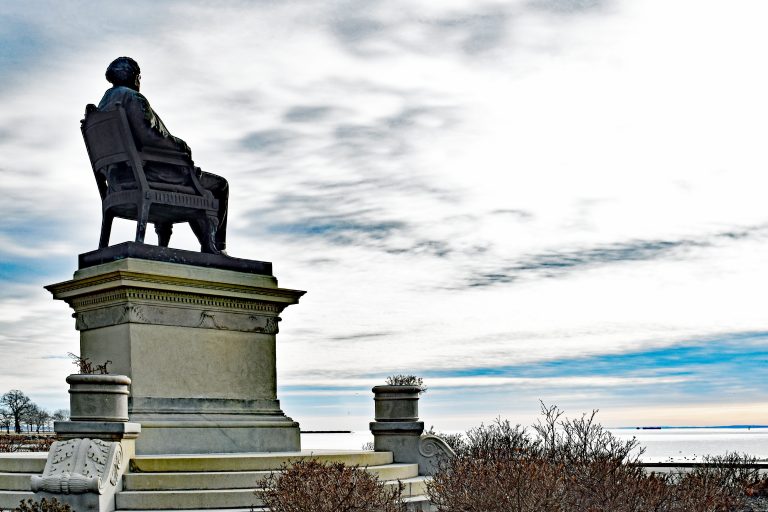
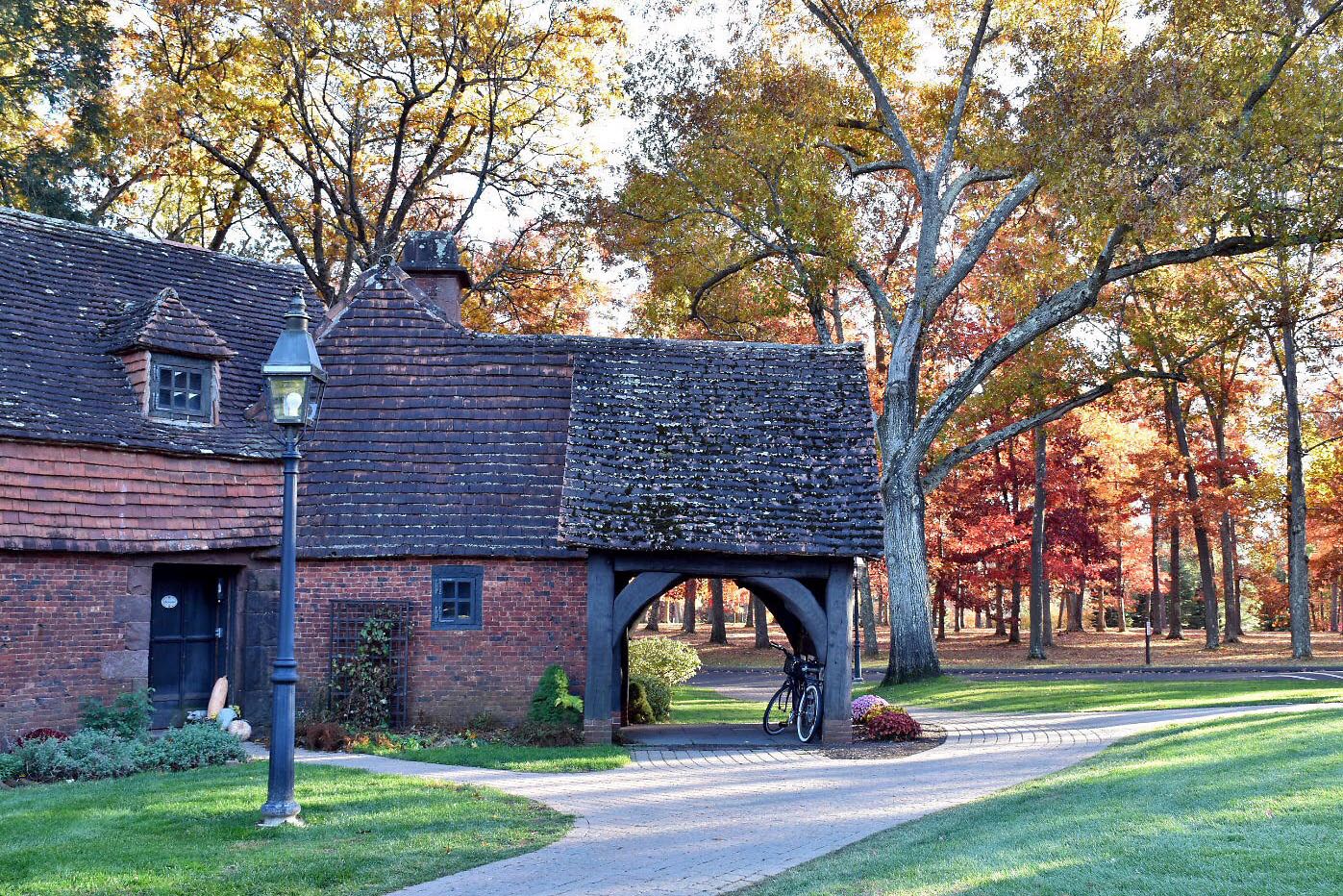
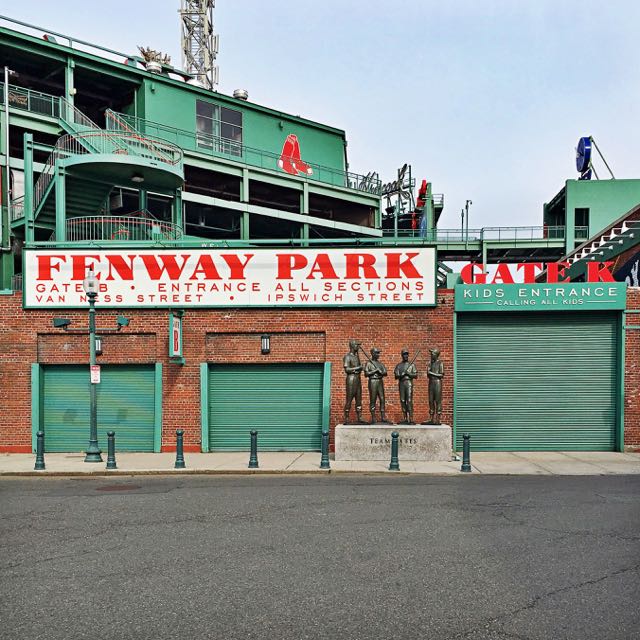
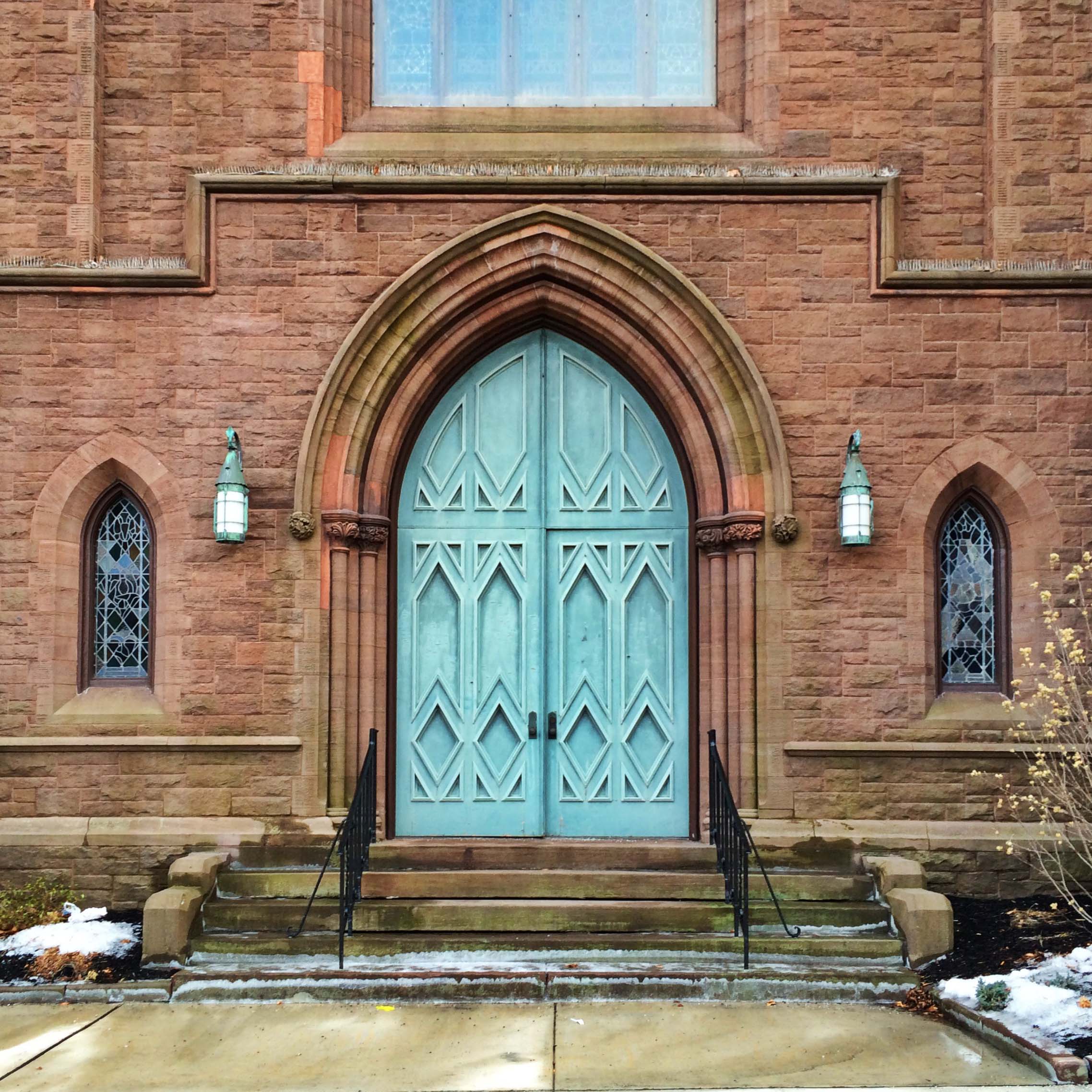



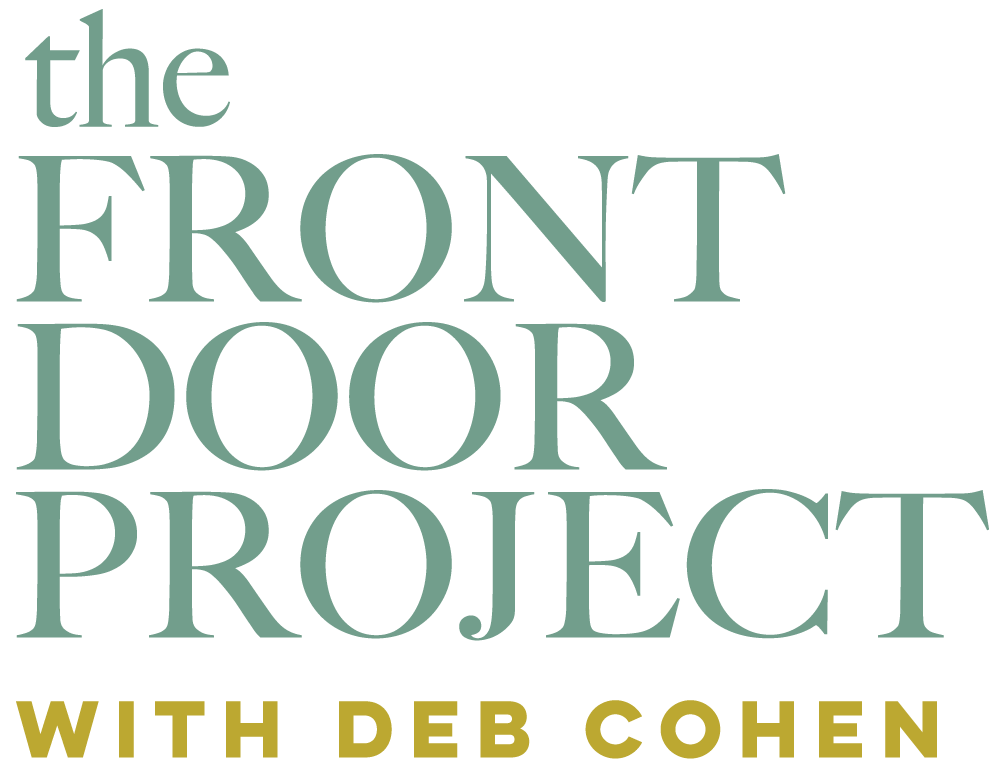
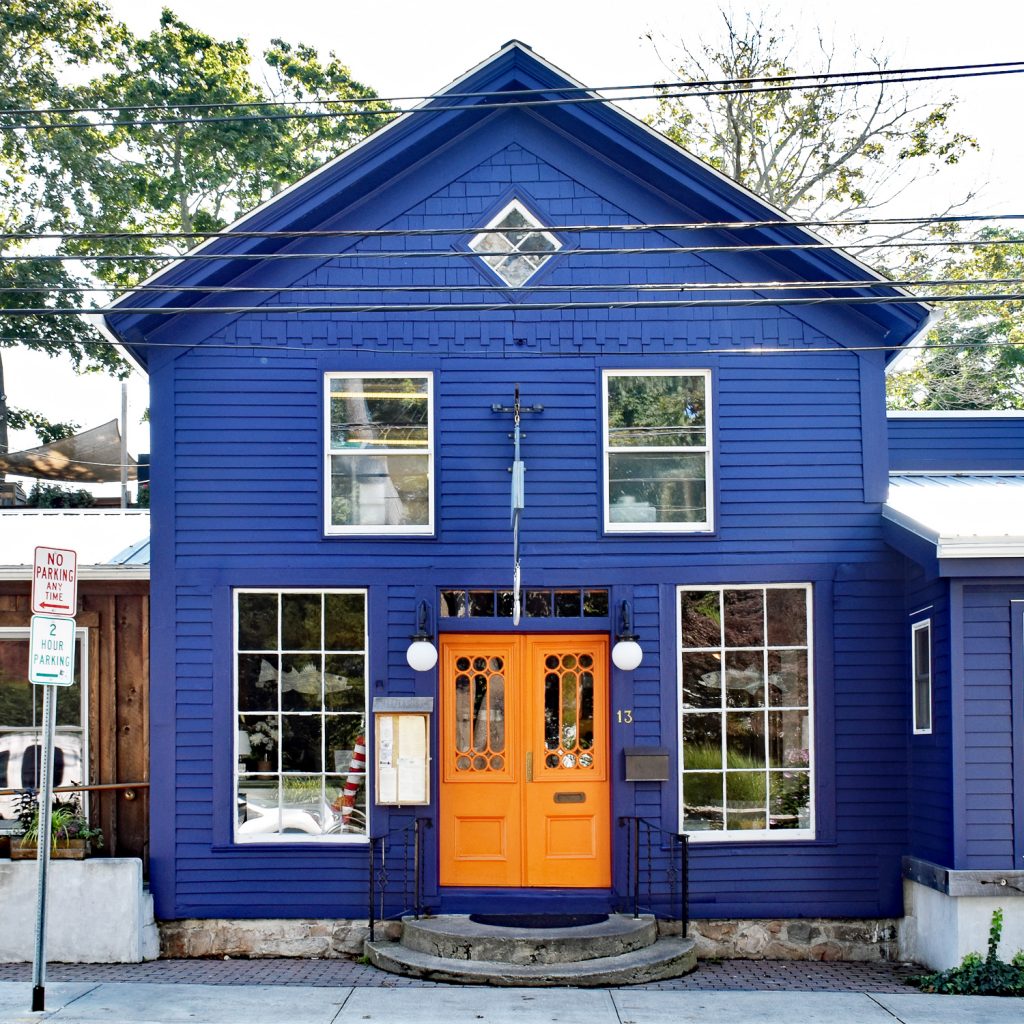
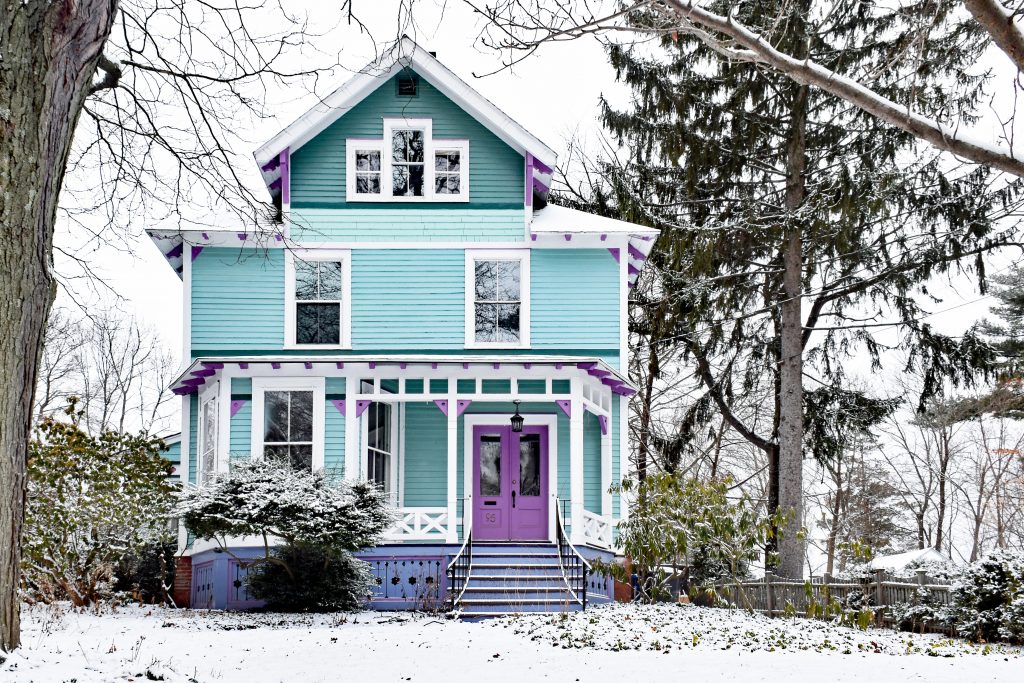
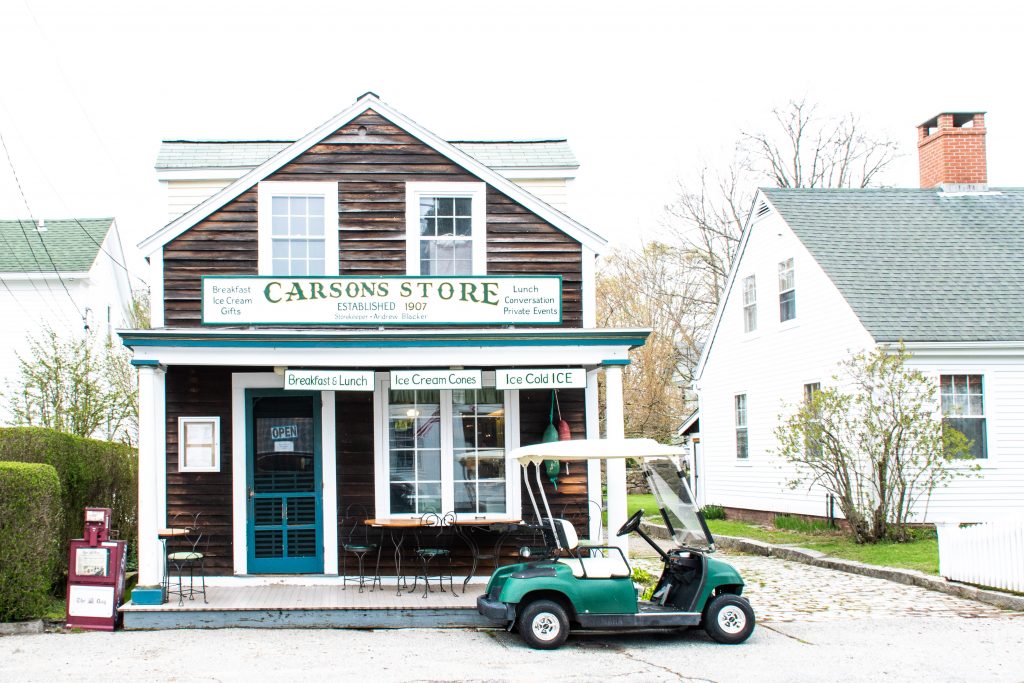
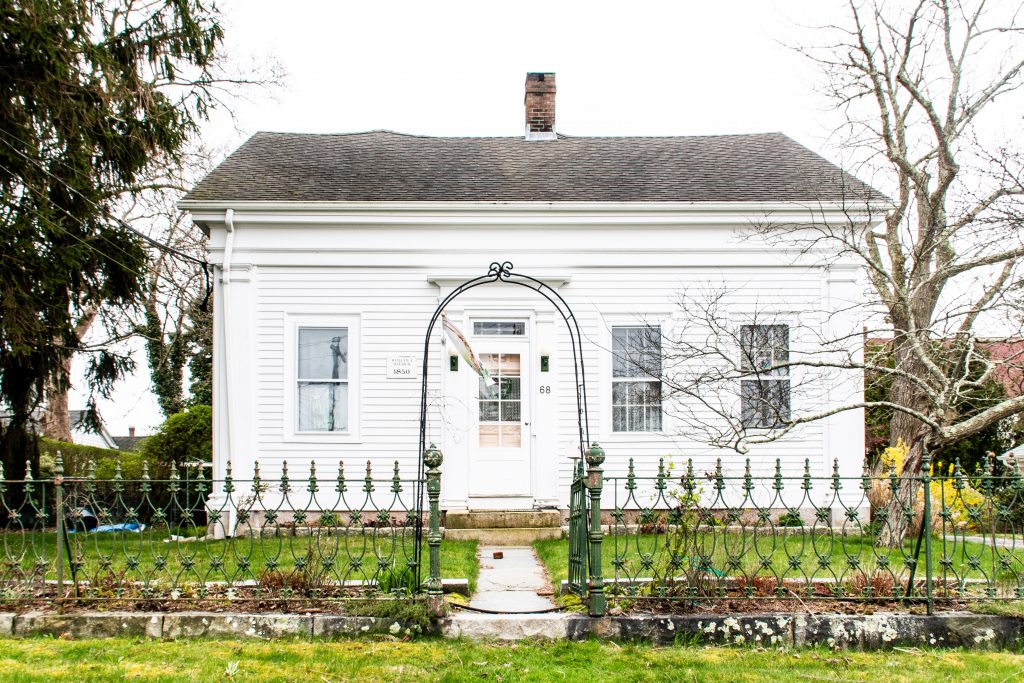
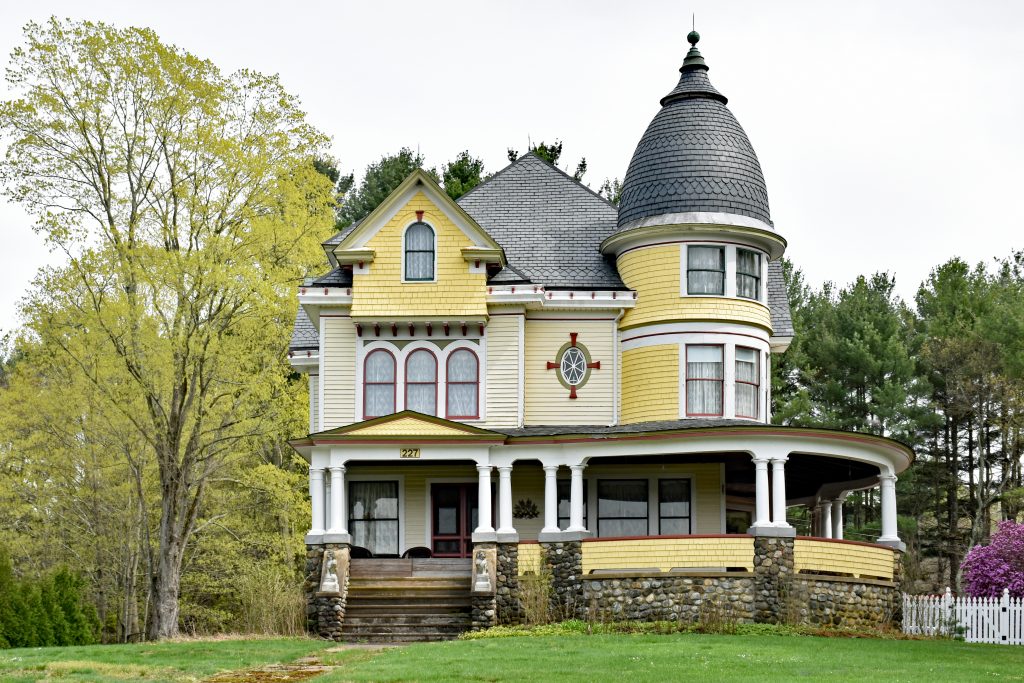
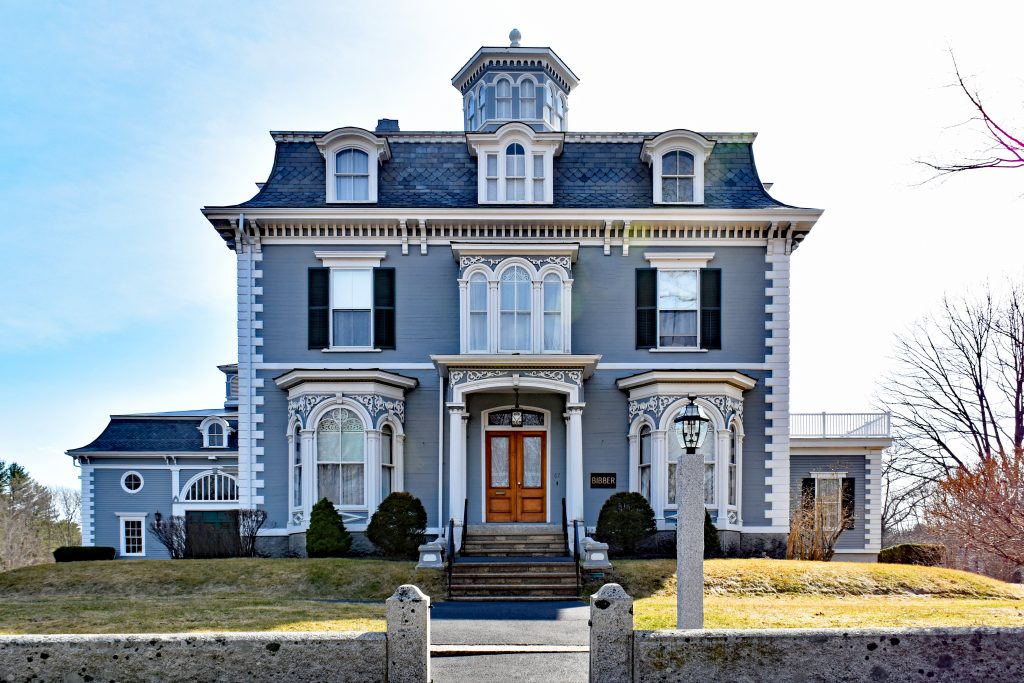
Wonderful history recognizing the dedication of the Ahern Family in caring for families at a
sensitive time in the circle of life .
With admiration Joanne Hoye and family
I’m so glad you enjoyed it Joanne! It does take great dedication to provide the services they do in addition to maintaining their beautiful historic building.
There are so many beautiful old houses that have been reincarnated as funeral homes, as well as salons and other businesses. I do like seeing them not being replaced by new, soulless buildings.
janet
I couldn’t agree more!
A great one and love the bit of history. It really does have the look of a stately home.
Thank you so much – I’m glad you enjoyed!!
I wouldn’t have guessed it was a funeral home. Interesting history on the mortuary business!
Thanks, Jan! It was rather interesting once I started digging into it!
Very nice building /door and good story. Always nice to read more about the door in the picture. I love to see an old picture and a new one in post to compare 🙂
Yes, it’s fun to see the old photos with the new. Not much has changed with this home which I love! I’m glad you enjoyed the extra information.
Beautiful building. The funeral homes around here are newly built, and lack the homelike look of the ones that are parts or refits of actual homes. Thanks for the history lesson, too! 🙂
We do have some funeral homes in regular buildings here too, but the majority seem to be in older homes. I’m glad you enjoyed the tidbits of history!
All I wanted to know about funeral homes without going to the museum. Thanks
Saved you a trip to TX, John!!
I couldn’t bring myself to hit ‘like’ on this one because I try to stay as far away as possible from them. LOL Seriously, it is a beautiful building, and it is interesting how the services have changed through the years. 🙂
Haha!! Maybe the “like” could be for historic preservation instead of funeral homes 🙂
A beautiful building. We have some funeral homes in town that were built new, and they definitely lack the style and beauty of the home conversions.
Yes, I’m sure they have all of the “modern amenities” (whatever those are for a funeral home!) but certainly lack that comfortable feeling.
That is fascinating, Deb. I appreciate learning about the origin of funeral homes. I’m going to mention this to The Mister today, as he’s currently studying the Civil War Period and Reconstruction.
Yes, funeral homes around here are typically Colonial and most boast white columns in a way that suggests they wish they’d had the lucre to be truly neoclassical, lol.
The Ahern building is a great one, and its mix of styles really works to add interest. Great choice!
Thanks, Joey! As I was surfing the internet I definitely got sucked into some interesting sites. Having a historical view really helps to frame how we got where we are today. I don’t know if it’s because I’m getting older but I’m really glad I have finally started paying attention to some of our history! You will have to let me know what The Mister says!
I like those old residences transformed into funeral homes.
Many of them are truly beautiful, and now that I understand more about the genesis of funeral homes it makes more sense to me why they would want to provide these services in a more “home” like atmosphere. Plus, the funeral business keeps many older properties occupied! No doubt many would fall by the wayside, otherwise.
Excellent post! I agree, there is just something about the look of funeral homes that say funeral home. There is an old funeral home in Petersburg, Virginia that has been converted into a B&B. Now there is an interesting combination.
Oh yes – probably once a regular home. Then a funeral home and now a B&B! I’m sure it’s great to have some “life” back in the place 😉
It is a very handsome and stately building, which is what it needs to be to serve that purpose.
Groan on that one-liner about the funeral museum, by the way. Reminds me of the joke: Why did the put up a fence around the cemetery? Because people are just dying to get in 😉
Jokes aside, this was a very informative post 🙂
I know – couldn’t resist!! I almost wrote “sorry!” afterwards 🙂 but seriously – a funeral museum?? Although it is probably an incredibly interesting place after you get past the subject matter.
You are right about how they usually give themselves away.